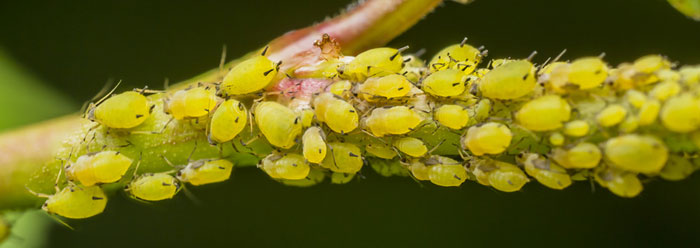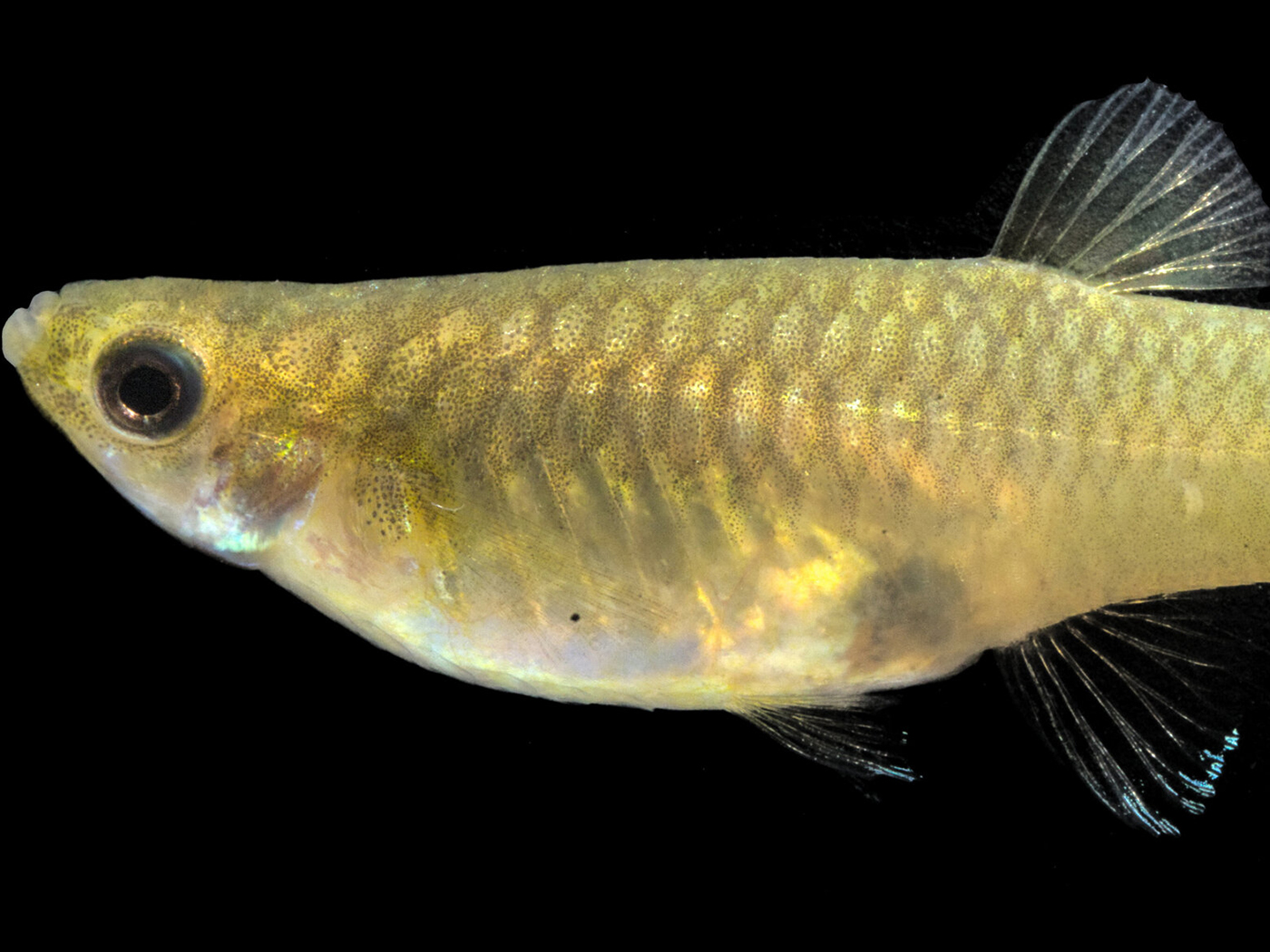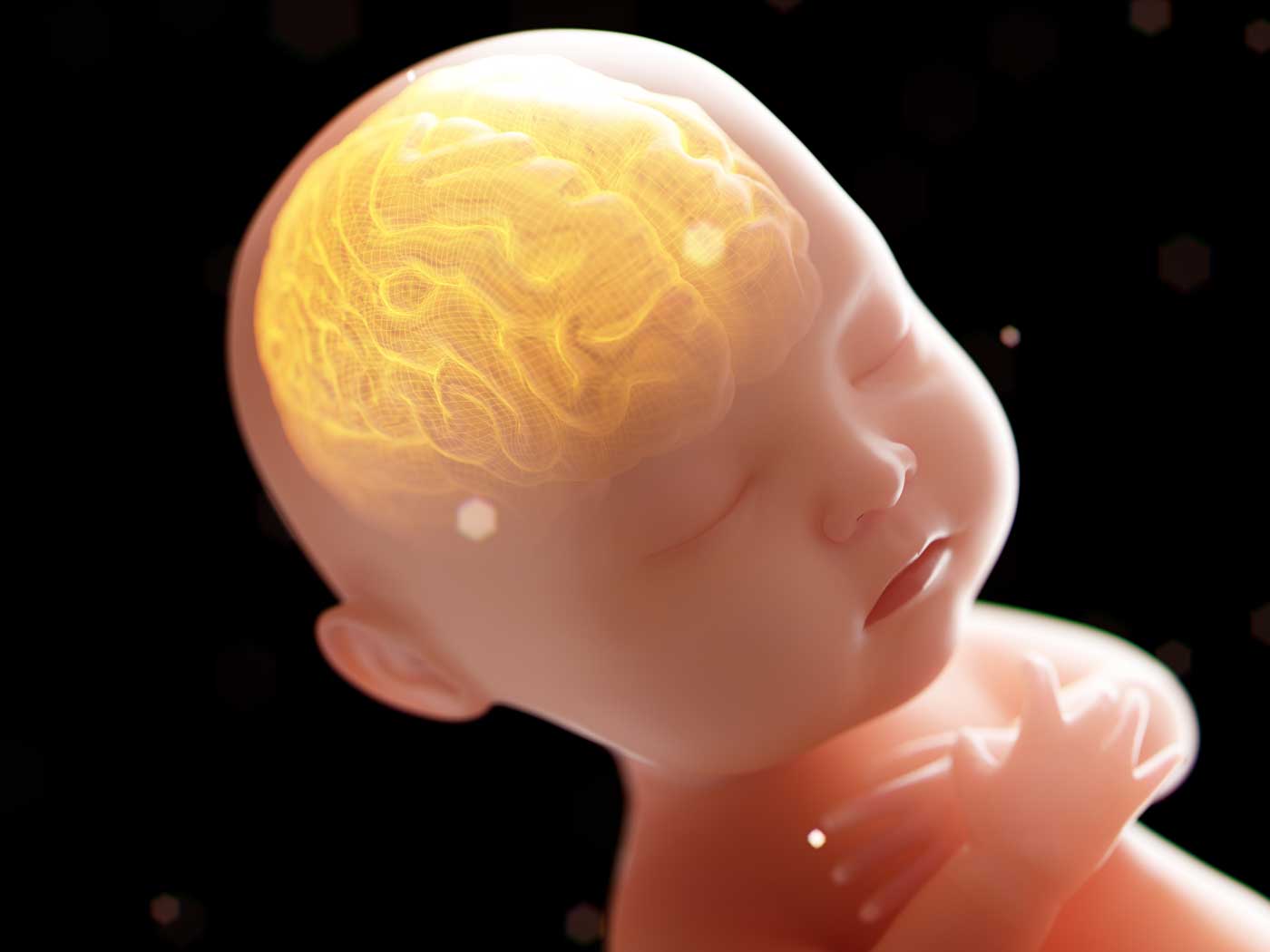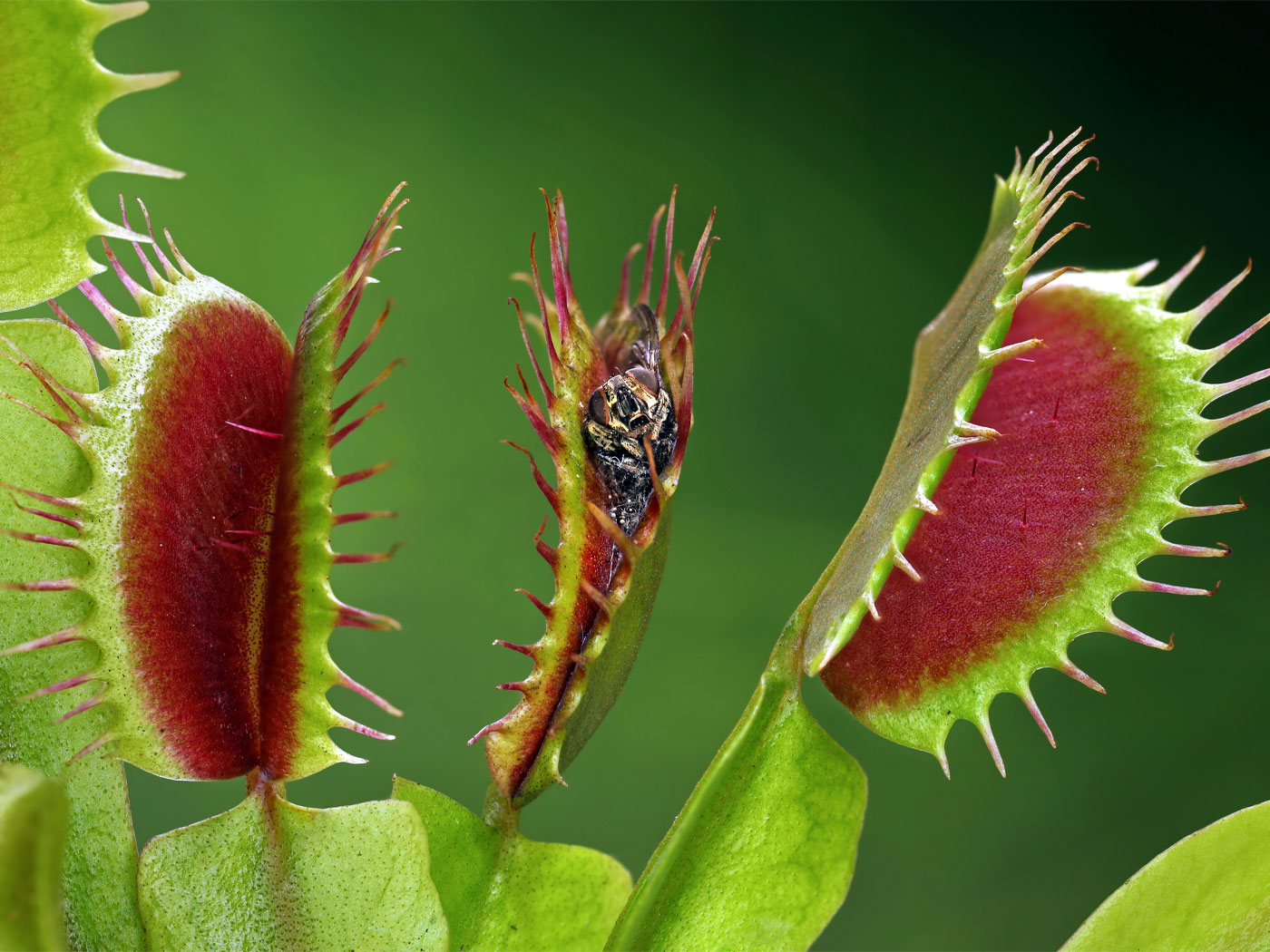Sometimes little things matter a lot. For example, consider how some tiny creatures fully depend upon each other for survival in a relationship called symbiosis. This very clearly showcases divine creation. How could two unrelated creatures have this relationship unless they were intentionally crafted that way from the beginning? Otherwise, they would die while waiting for a perfect partner to evolve. Has evolutionary faith blinded biologists from seeing the forensic clues within the insect symbiosis they study?
A leaf-green creature called the pea aphid feeds on the plant sap it extracts from leaf veins, but the sap lacks some required amino acids. Bacteria living inside the aphid's body manufacture and export the vital nutrients to their aphid host. The aphid and the bacteria actually swap these nutrients in a regulated and coordinated assembly-and-shipping system that rapidly responds to supply and demand.
What if either creature manufactured or exported too many, too few, or the wrong kinds of amino acids?
Researchers found the machine that regulates the amino acids—but it was in an unexpected place. An active protein gate called a transporter shuttles amino acids between aphids and bacteria. The biologists published their discovery of the transporter's second function in the Proceedings of the National Academy of Sciences.1
First author of the study Daniel Price told the University of Miami, "To our surprise, the transporter is a key regulator of the factory production line."2
Senior author Alex Wilson said, "The system is simple and elegant."2
The Miami University press release said, "The findings of these studies show that symbiotic relationships have the power to shape animal evolution at the genetic level." Wait a second. Do any of their observations really show that "the power" to shape genetics came from "symbiotic relationships" instead of from the Lord?
Evolutionary speculation—not observations—suggest that long ago, before these creatures' lives merged into a symbiotic dance, they were making extra gene copies, including copies of transporter genes, for no functional purpose. According to their explanation, these extra copies accidentally mutated into the vital protein tools we see today.
Wilson said, "Given the extensive gene duplication of the amino acid transporter gene families that took place multiple times independently in sap-feeding insects, it makes sense that gene duplication might be important for recruiting amino acid transporters."
How does he know that gene duplication was extensive? He didn't witness the supposed duplications, but inferred them from an evolutionary mindset. For all he really knows, God could have created the varieties of transporter genes we find among insects.
Also, does the gene duplication story really make as much sense as Wilson suggests? It doesn't explain how the aphids would have survived before its symbionts were supplying vital amino acids.3 And how can any unthinking natural process help with "recruiting amino acid transporters?" Only intelligent recruiters are known to recruit.
How would those ancient imaginary pea aphid ancestors have made any transporter protein back when it didn't have its bacteria, and thus didn't have the very amino acids out of which those transporters are built? The evolutionary scenario seems essentially impossible.
Incredible stories require crystal clear support. So, if we are to buy into this story of how symbiosis supposedly evolved, researchers should at least supply examples of other creatures developing new and functional proteins like this transporter. They should also supply examples of how those creatures incorporated the new proteins into a biochemically intricate symbiosis between two previously unassociated organisms.
These studies do not actually reveal that symbiotic relationships or gene duplications led to symbiotic-specific genes in these dissimilar creatures. They simply show that all those required genes exist. Where they came from falls outside the realm of direct experiments and instead fits the realm of forensic clue-gathering.
And one key forensic clue reveals that nobody has ever witnessed this kind of symbiosis emerge. The second clue is that nobody has ever witnessed gene products like dual-function transporter/regulators arising from mutated gene duplications. Third, painstaking research has virtually disproven the general notion of evolving new and functionally integrated proteins.4
To see why creation best explains these "simple and elegant" symbiosis-specific proteins, we only need to try making one ourselves.
References
- Price, D.R.G. et al. 2014. Aphid amino acid transporter regulates glutamine supply to intracellular bacterial symbionts. Proceedings of the National Academy of Sciences. 111 (1): 320-325.
- Gallagher, A. A Symbiotic Way of Life. University of Miami News Release. Posted on miami.edu May 5, 2014, accessed May 19, 2014.
- It is possible that prior generations of pea aphids manufactured all their own essential amino acids and later lost those functions after new symbiotic bacteria supplied them. However, the likelihood that such a switch evolved is tiny in comparison to having formed as a result of a created capacity to foster symbiosis, since host and symbiont interactions utilize an extensive and coordinated sequence of precise biochemical communication protocols.
- Axe, D. D. 2004. Estimating the prevalence of protein sequences adopting functional enzyme folds. Journal of Molecular Biology. 341 (5): 1295-1315.
* Mr. Thomas is Science Writer at the Institute for Creation Research.
Article posted on May 28, 2014.
























